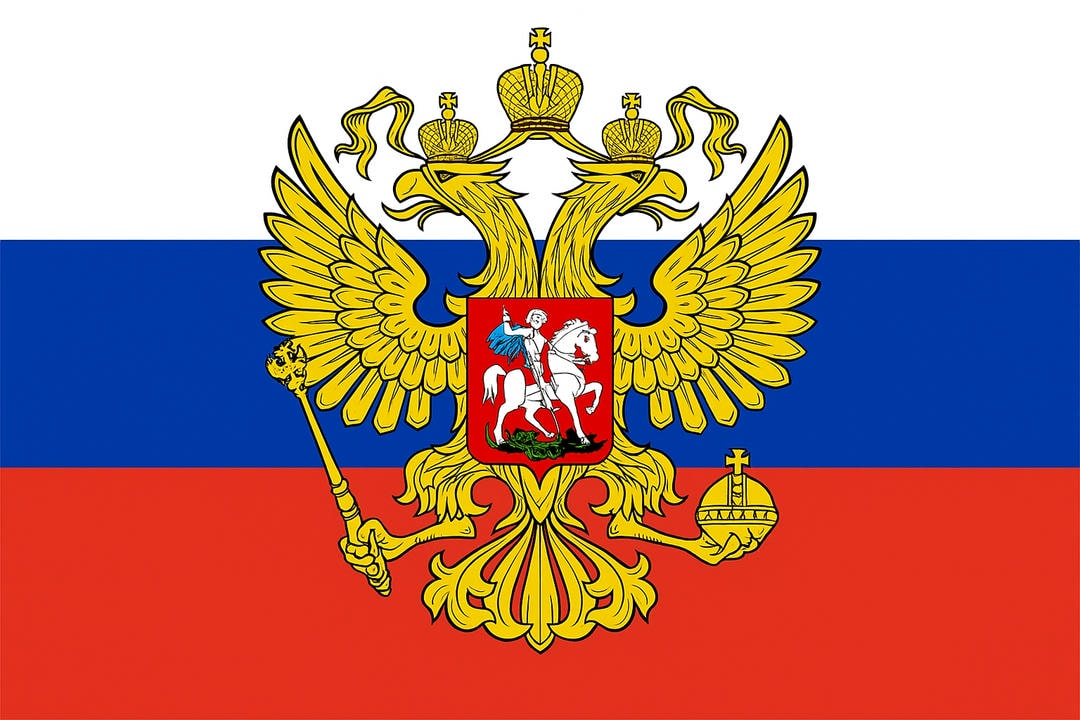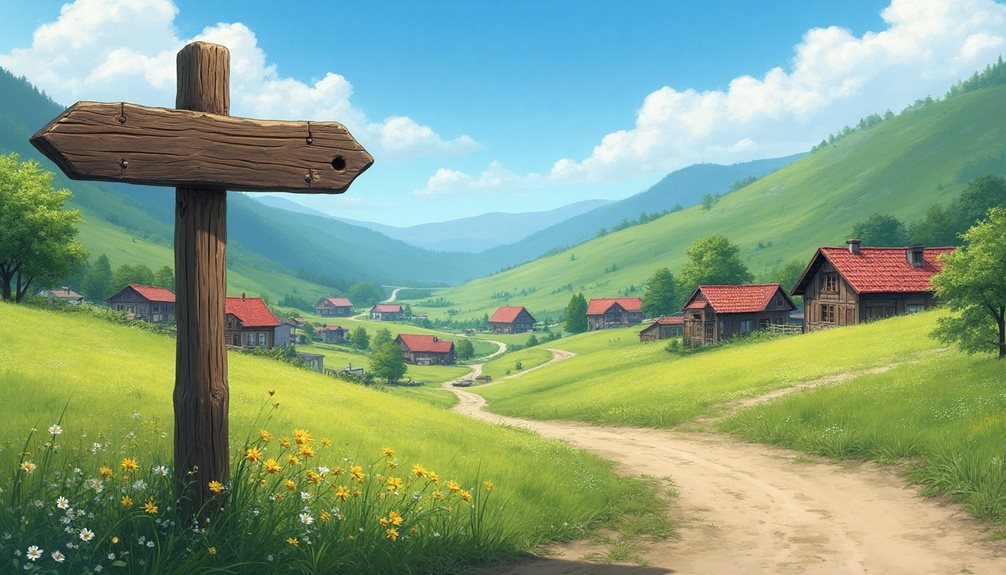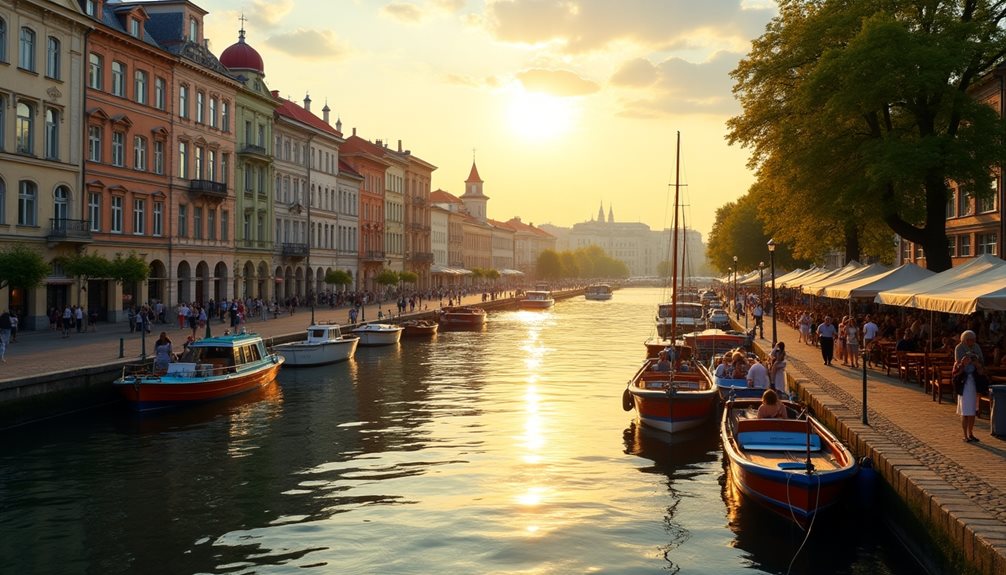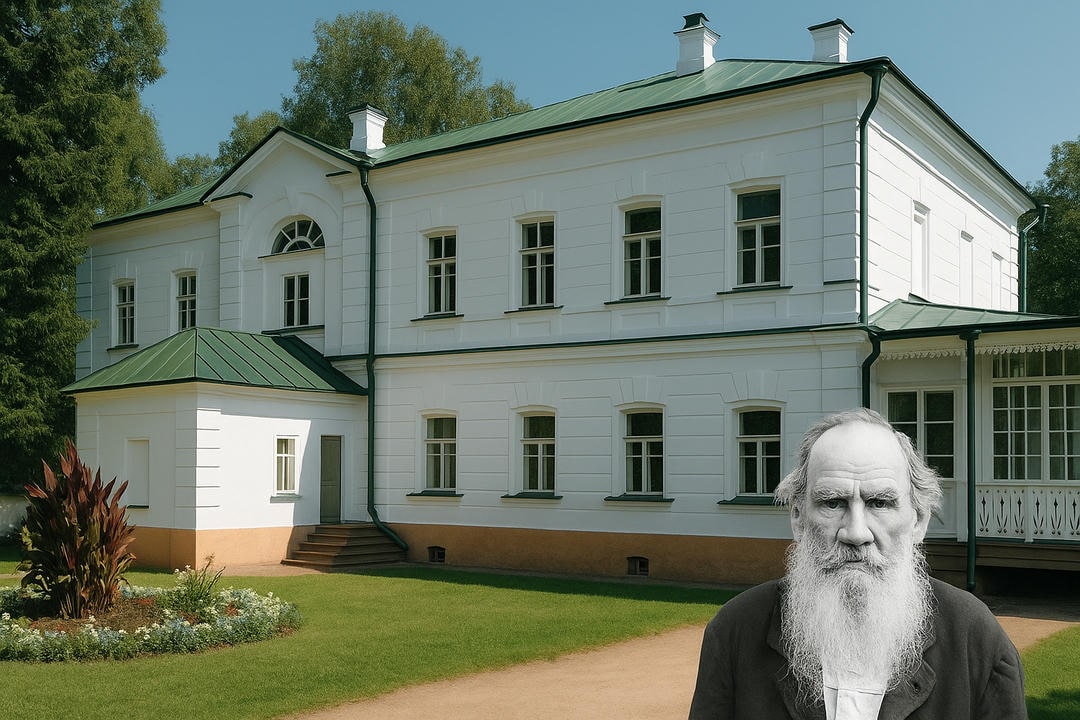Russia’s fairytale architecture offers a fascinating glimpse into the nation’s diverse historical and cultural influences. Visitors are drawn to its enchanting castles, each telling a unique story through a blend of architectural styles. From the Gothic allure of Vorontsovsky Palace to the Moorish Revival elegance of Dulber Palace, these structures embody artistic creativity. Such landmarks not only highlight Russia’s past but also challenge traditional architectural norms, inviting further exploration.
Introduction
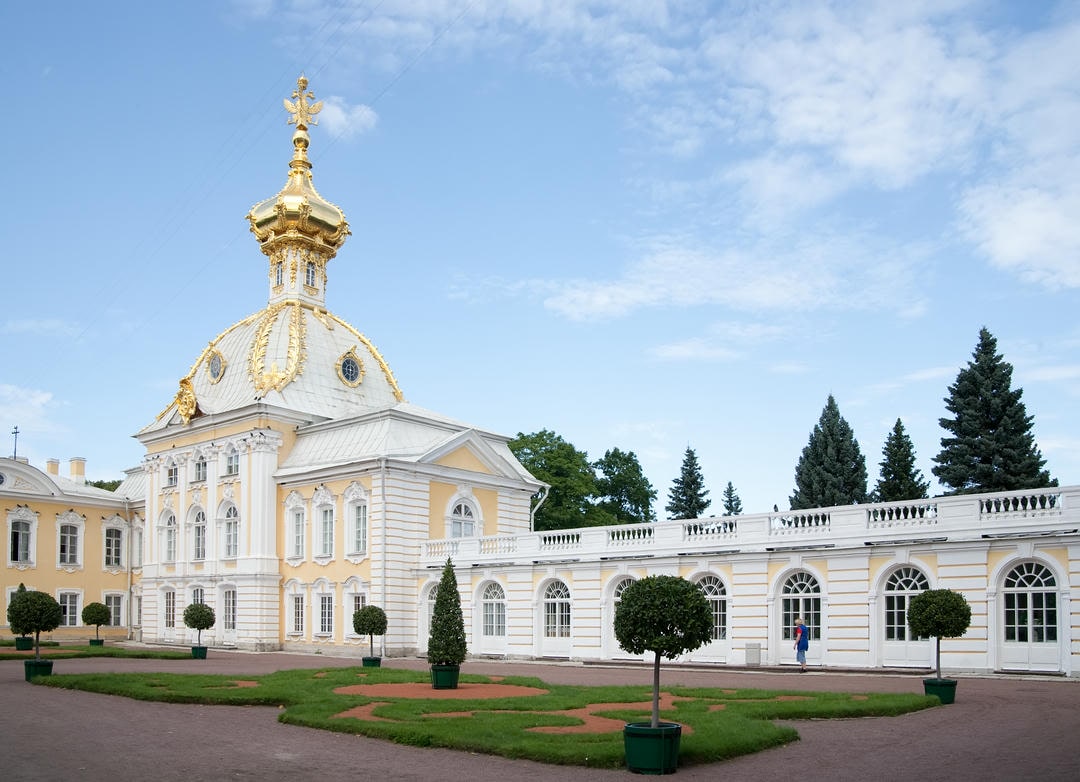
Russia’s architectural landscape, marked by its enchanting fairytale castles, offers a unique glimpse into the nation’s rich historical fabric and cultural grandeur.
Their cultural significance extends beyond aesthetics, offering insights into Russia’s evolving identity.
Foreign traveler trends indicate a preference for travel itinerary suggestions that offer immersive experiences, allowing visitors to investigate the rich fabric of Russian history.
This growing demand fosters an environment ripe for both discovery and cultural enrichment.
Vorontsovsky Palace
Situated in the picturesque setting of Alupka, Crimea, Vorontsovsky Palace stands as a quintessential example of 19th-century romantic eclecticism, blending Gothic, Moorish, and Tudor architectural styles.
Commissioned by Prince Mikhail Vorontsov and constructed between 1828 and 1848, this former residence of Prince Mikhail Vorontsov, a notable historical figure, merges Gothic, Moorish, and Tudor elements, creating a rich mosaic of cultural significance.
This marvel of castle architecture, nestled in the Crimean landscape, offers an eclectic blend of Scottish Baronial and Moorish Revival styles, creating a visual narrative akin to fairy tale legends.
Visitor experiences are enriched by the intricate detailing of its interiors, which speak volumes about its cultural significance.
Historical preservation efforts guarantee that the palace remains a reflection of 19th-century opulence.
The palace gardens, with their lush foliage, provide a serene escape, reinforcing the allure of this architectural gem for freedom-seeking explorers.
Dulber Palace
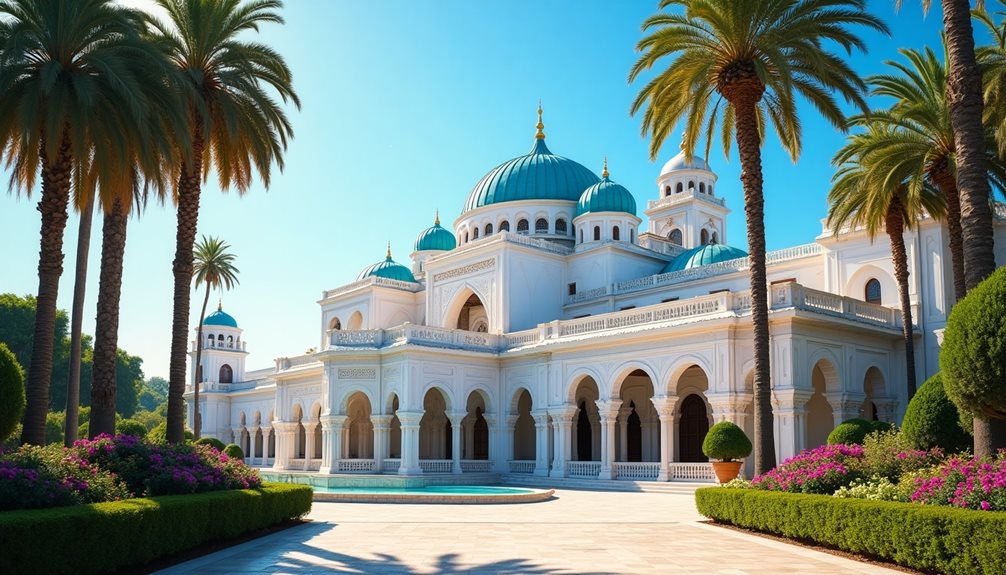
Dulber Palace, a striking architectural gem, is located in the picturesque region of Crimea, Russia.
Its design is a enthralling blend of architectural influences, drawing from Moorish and Oriental styles, reflecting the historical context of late 19th-century eclecticism.
The palace’s design elements, including ornate arches and intricate tile work, embody cultural symbolism, representing a fusion of diverse traditions.
Regional variations are evident in its asymmetrical layout, adapted to the Crimean landscape, showcasing a harmonious integration with its surroundings.
The architectural allure of Dulber Palace extends beyond its visual aesthetics into a domain enriched with fascinating stories and legends.
Among these, legendary tales suggest hidden chambers filled with enchanted artifacts, guarded by mythical creatures.
Historical events intertwine with royal romances, as accounts tell of clandestine meetings between noble figures within its opulent halls.
Such narratives are not only enthralling but also serve as metaphors for power dynamics of their era.
Each story, with its blend of mystery and intrigue, invites the audience into a world where the boundaries between reality and fantasy blur, offering a quest for freedom and discovery.
Massandra Palace
Massandra Palace, nestled in the Crimean landscape, serves as an architectural representation of the opulence of the Russian aristocracy during the late 19th century.
Initially commissioned by Prince Vorontsov and later acquired by Tsar Alexander III, the palace stands as a representation of the aristocratic lineage that once wielded power and influence across the empire. Its architectural evolution reflects the imperial influence of European styles, blending seamlessly with Russian elements.
The palace is surrounded by meticulously curated scenic gardens, where paths wind through enchanting landscapes, allowing travelers to immerse themselves in nature’s artistry.
Each vista frames the architectural beauty of the palace, highlighting its historical significance against the backdrop of the Crimean mountains.
This setting invites wanderers to explore freely, providing a canvas for personal reflection and discovery.
Obyknovenoe Chudo School in Yoshkar-Ola
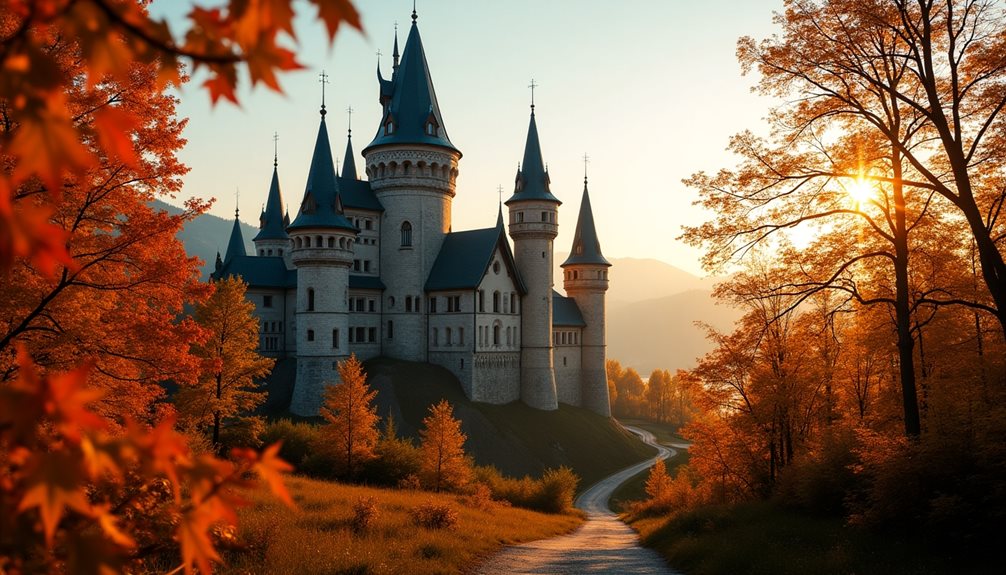
The Obyknovenoe Chudo School greatly enhances the fairytale atmosphere of Yoshkar-Ola by acting as a tangible representation of the city’s unique blend of tradition and creativity.
Its architectural inspiration is deeply rooted in the region’s cultural heritage, transforming historical significance into a living narrative that captivates both locals and visitors.
This enchanting structure not only contributes to the fairytale ambiance with its whimsical design but also enriches the tourist experience by offering a glimpse into the city’s artistic soul.
As a bridge between past and present, the school fosters a sense of wonder and exploration, inviting all to dream freely.
Kiritsy Castle
Kiritsy Castle, with its striking architecture, stands as a symbol of the romantic revival style prevalent in the 19th century, featuring ornate turrets and intricate stonework that evoke a sense of whimsy and grandeur.
Situated amidst lush landscapes, the castle not only serves as a visual delight but also plays a significant cultural role, hosting various events that celebrate regional traditions and history.
Its architecture showcases a harmonious blend of Gothic and Renaissance styles, reflecting diverse cultural influences. Turrets and spires punctuate the skyline, embodying fairytale elements that captivate the imagination.
Historically significant, the castle was constructed in the late 19th century, symbolizing a convergence of Western and Russian architectural philosophies.
It hosts numerous historical events, offering a glimpse into bygone eras that shaped regional narratives. Local festivals invigorate the grounds, fostering community engagement and celebrating cultural traditions.
Architectural tours provide insightful exploration, inviting visitors to appreciate its intricate design and storied past.
Kiritsy Castle transcends mere aesthetic value, acting as a vibrant hub where history, culture, and community converge, providing a space where freedom of exploration and cultural appreciation coexist harmoniously.
Garibaldi Castle
Garibaldi Castle, located in the Samara region, presents a fascinating juxtaposition of historical inspiration and modern construction, having been completed in the 21st century yet reminiscent of medieval Gothic architecture.
Its distinctive features, including ornately carved facades and towering spires, distinguish it from other Russian castles, which often showcase traditional Russian or European classical styles.
This combination of contemporary craftsmanship with historical aesthetics offers insights into Russia’s evolving architectural landscape and cultural appreciation for diverse stylistic influences.
Unlike many Russian fortresses rooted in medieval origins, Garibaldi offers contemporary tourist experiences, with engaging activities and immersive settings.
Its design respects historical preservation, yet embraces regional variations, reflecting the dynamic evolution of Russian architecture.
Visitors are enveloped in an environment where history meets innovation, providing a liberating exploration of past and present, making Garibaldi Castle a standout destination in Russia’s architectural landscape.
Factory Castle in Moscow
The metamorphosis of the Factory Castle in Moscow from an industrial powerhouse into a structure reminiscent of a medieval castle is a demonstration of the city’s dynamic architectural evolution.
This factory transformation highlights the blending of industrial heritage with modern aesthetics. The architectural evolution involved repurposing utilitarian elements into a design rich with cultural significance, creating an intriguing juxtaposition of design contrasts.
The once utilitarian building now boasts turrets and stone-like facades, invoking freedom from rigid industrial confines. This transformation is not merely cosmetic; it reflects broader societal shifts, signifying Moscow’s ability to redefine its urban narrative through innovation and creativity.
Conclusion
The castles of Russia, with their rich histories and architectural splendor, offer travelers an enthralling glimpse into the nation’s cultural fabric.
Each structure stands as a proof to the diverse influences and stories that have shaped Russian heritage over the centuries.
Although many travelers often gravitate towards Russia’s bustling cities and renowned landmarks, there lies an unmatched allure in venturing off the beaten path to discover its hidden castles.
These architectural beauties offer a unique experience, enchanting visitors with their storied pasts and intricate designs. As hidden gems within the vast Russian landscape, they provide travel inspiration for those seeking cultural exploration beyond the conventional.
Each castle tells a tale of history, art, and resilience, inviting travelers to immerse themselves in a narrative of grandeur. Setting out on this journey promises an enriching adventure filled with the freedom to uncover Russia’s lesser-known marvels.

